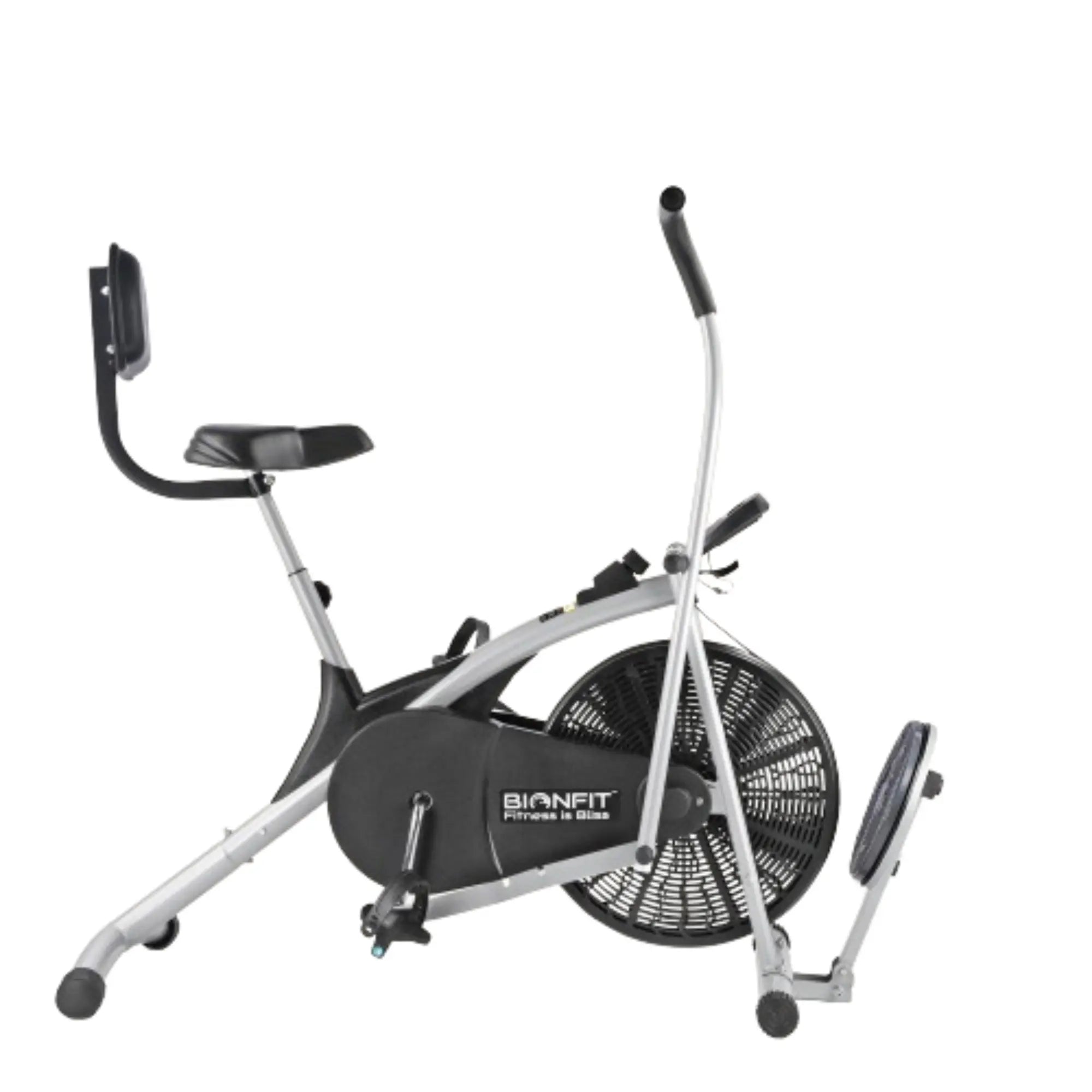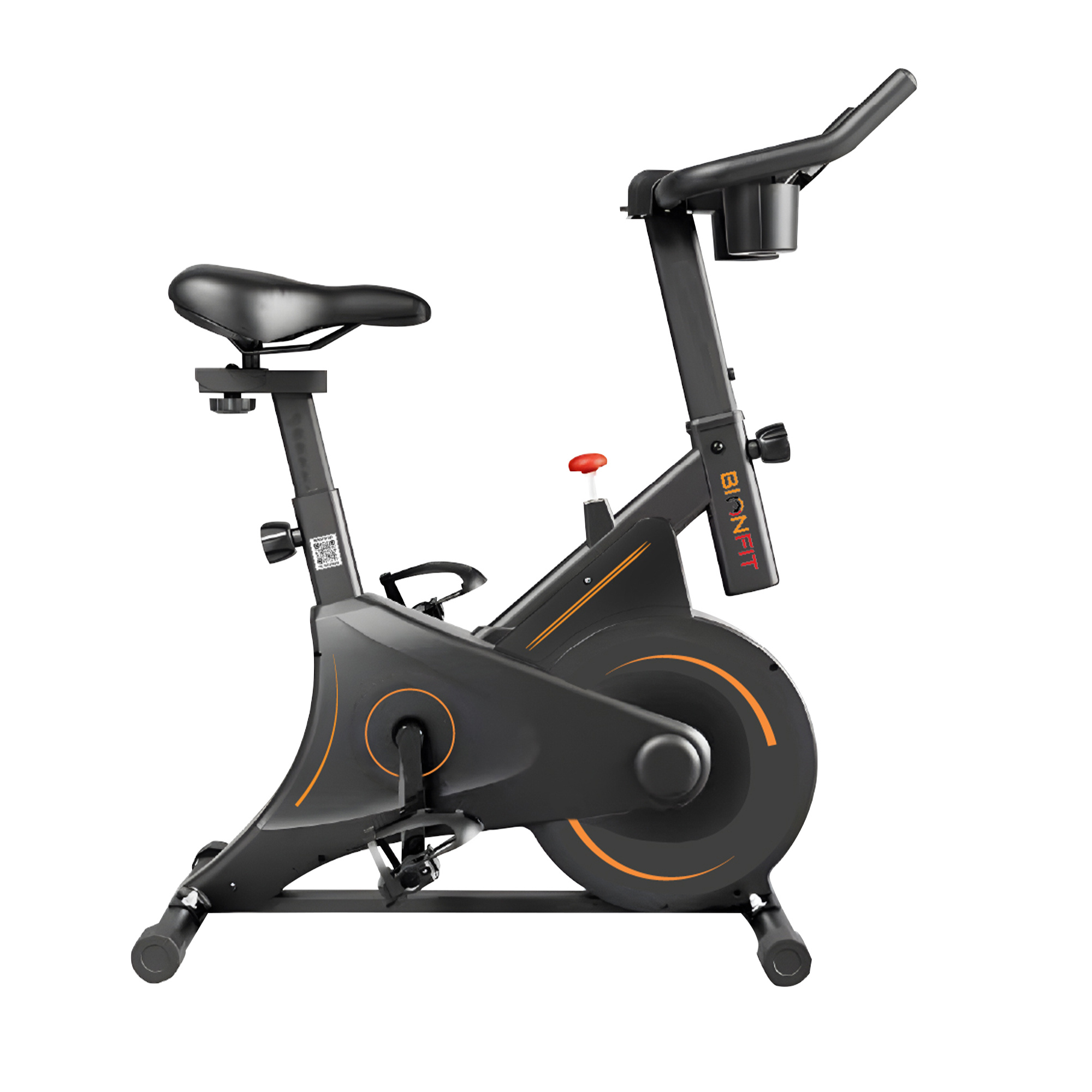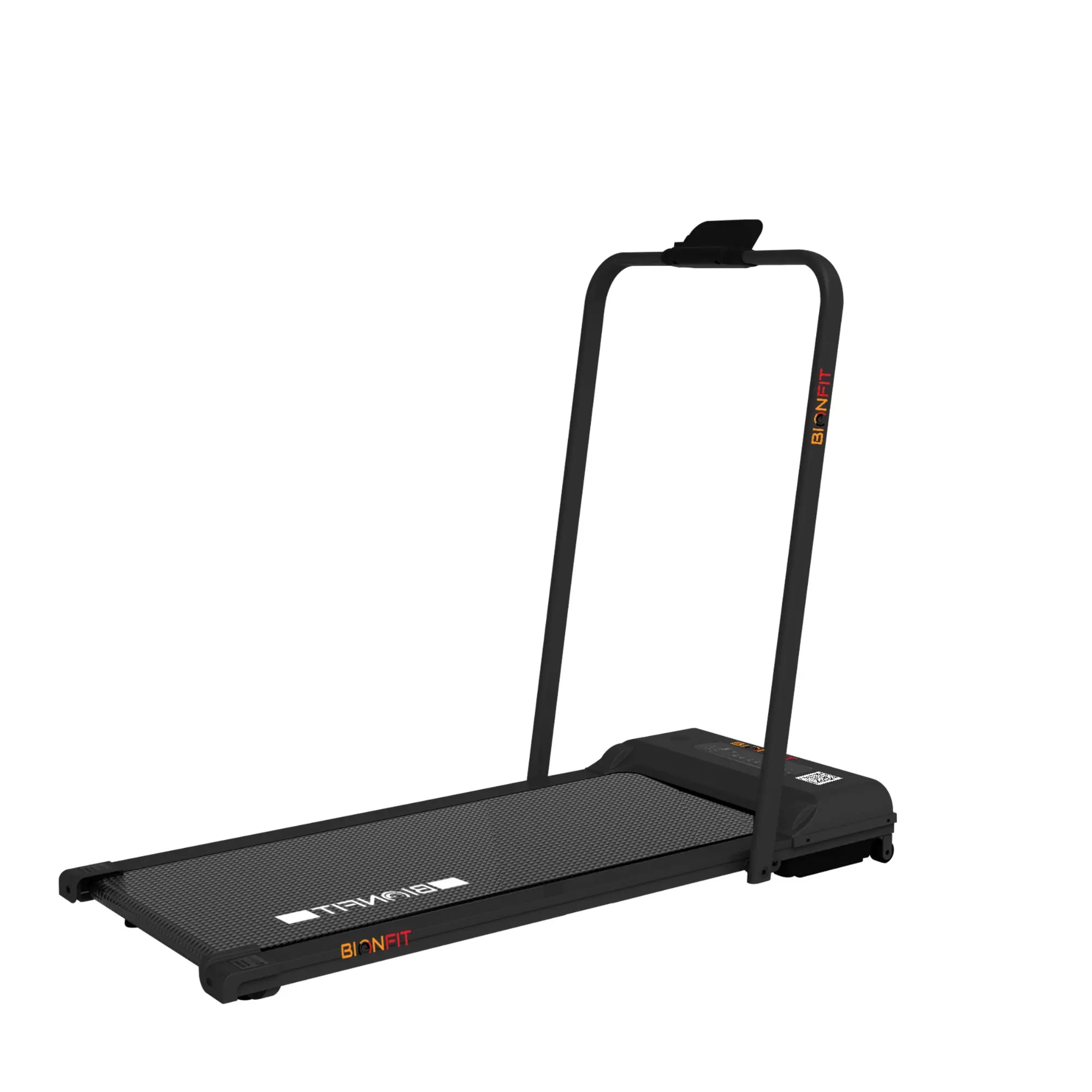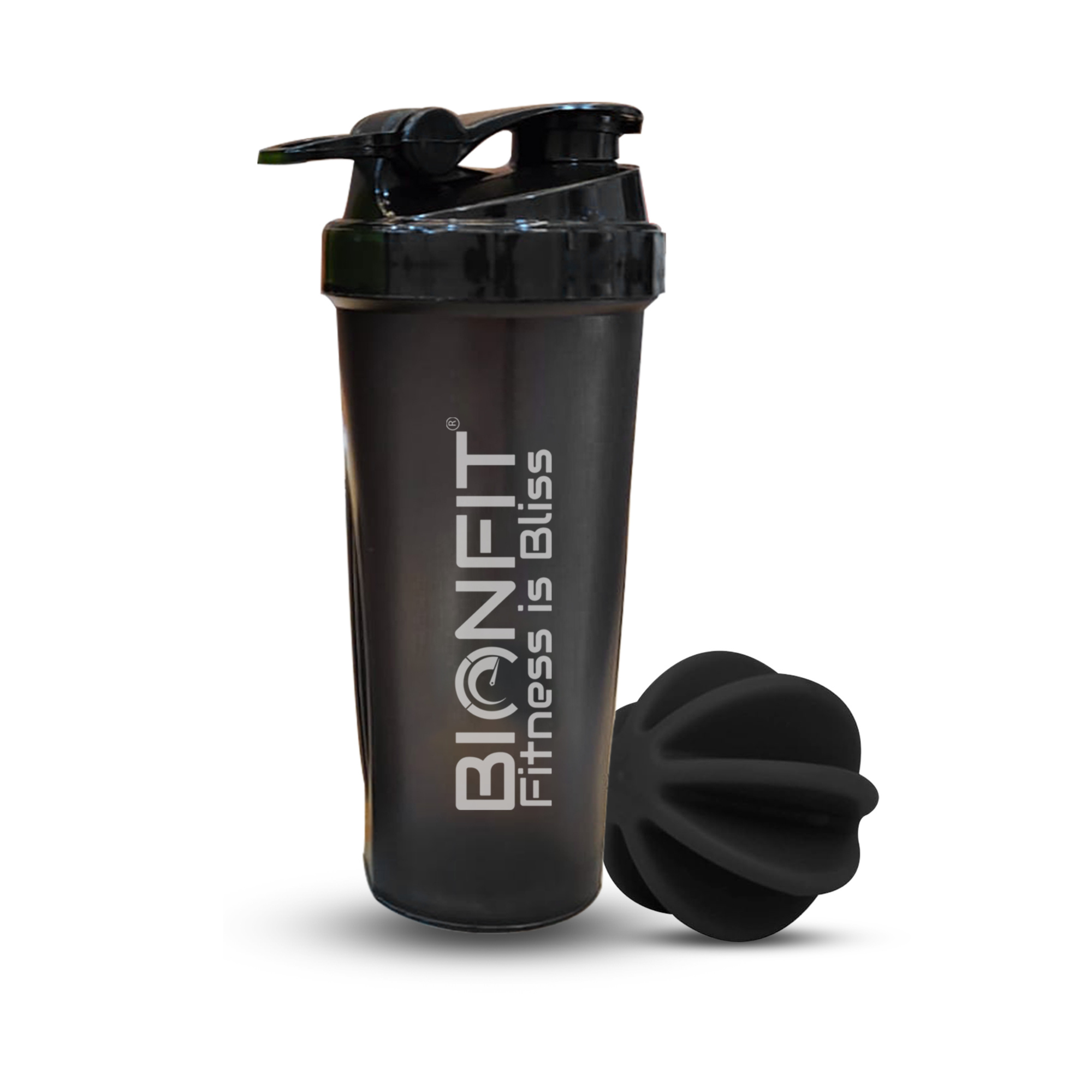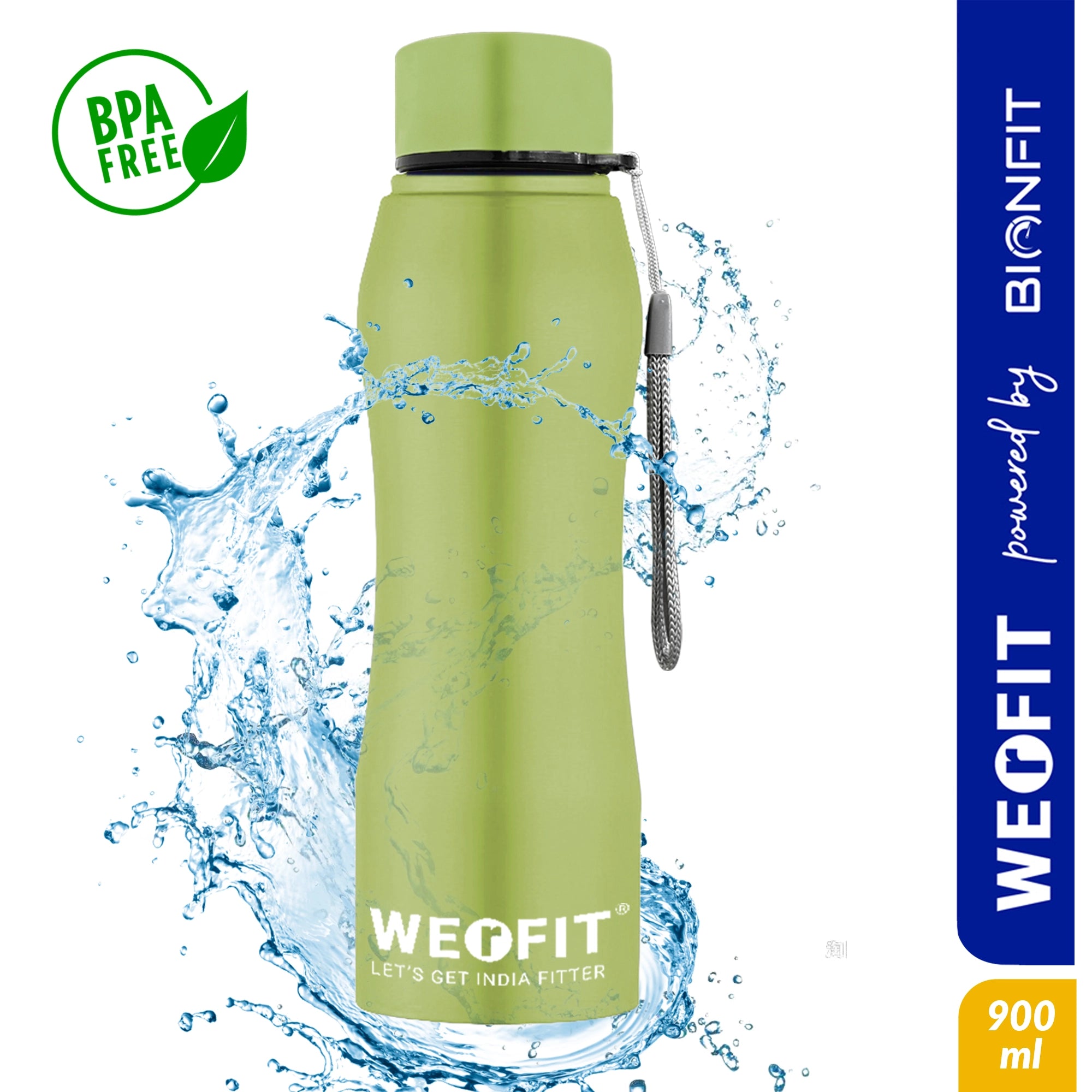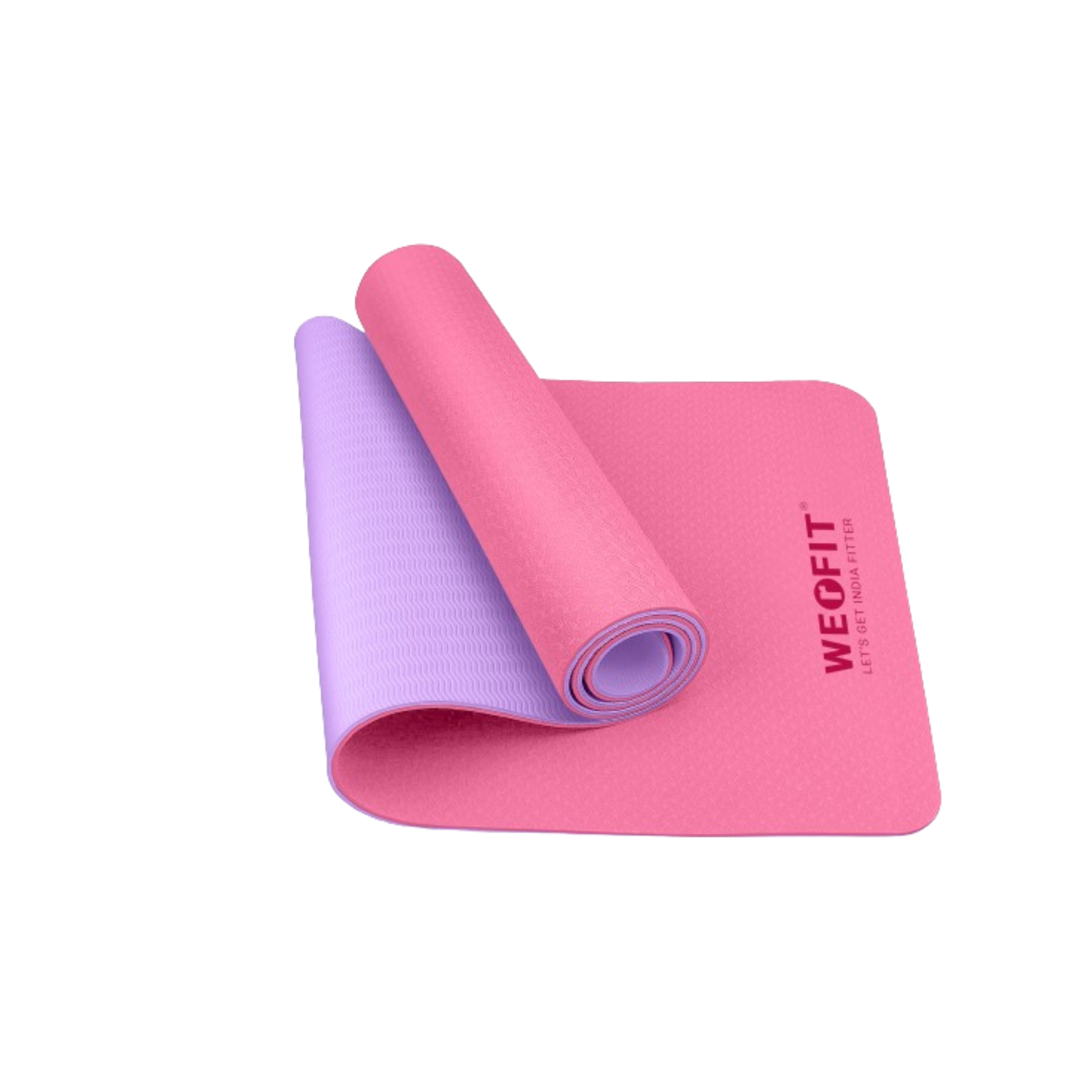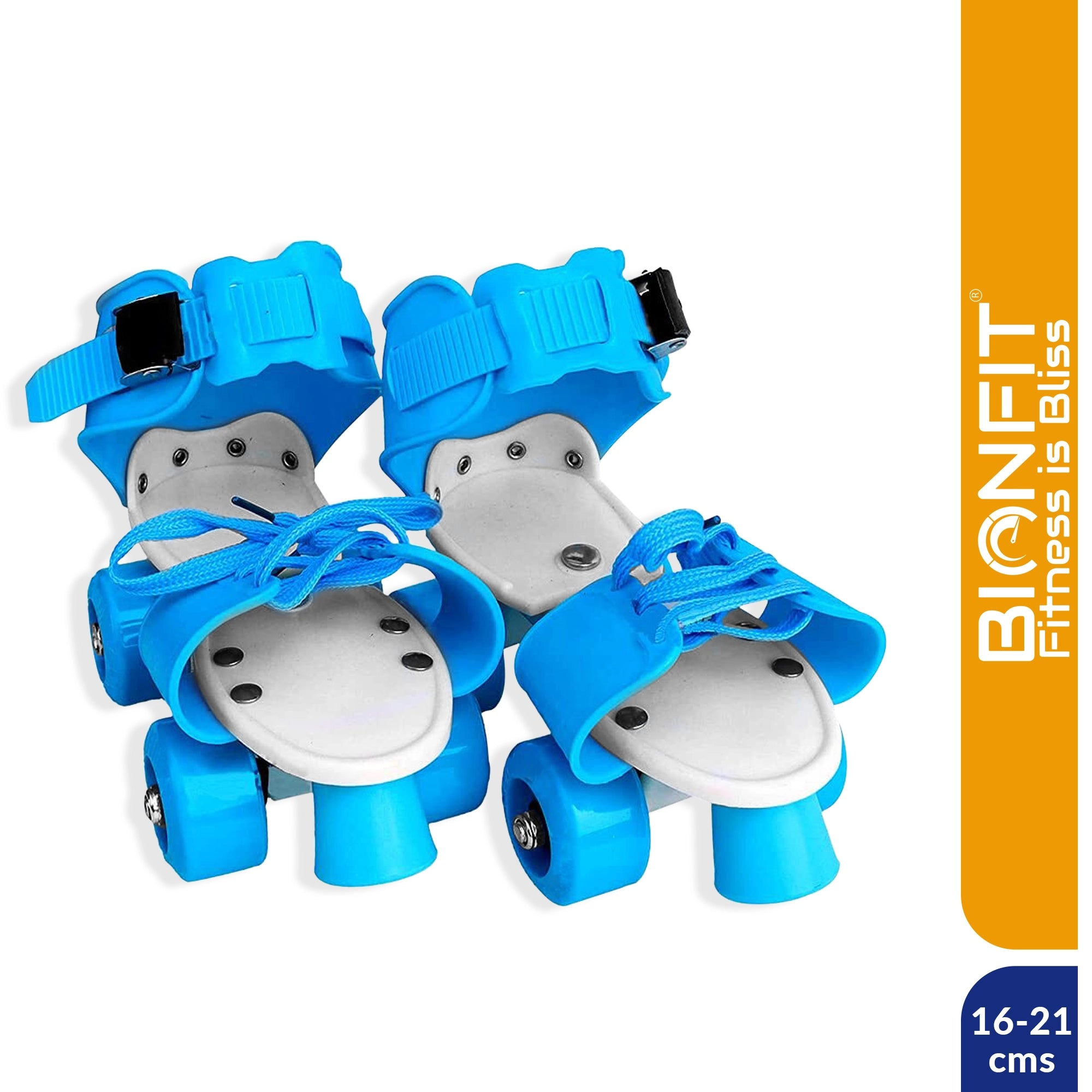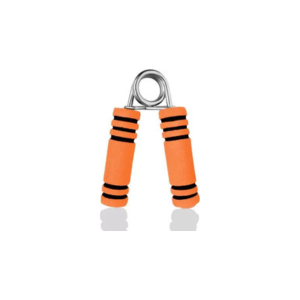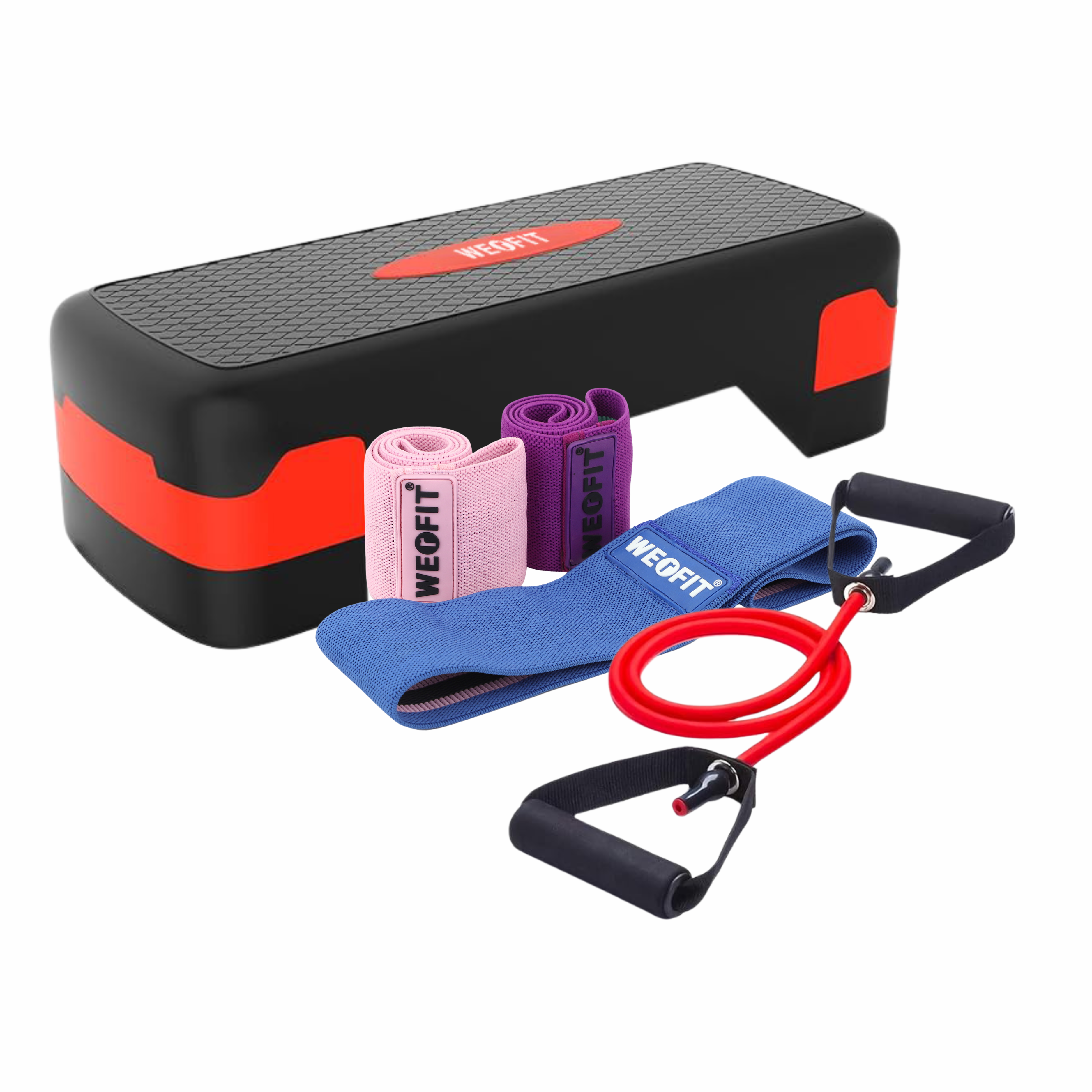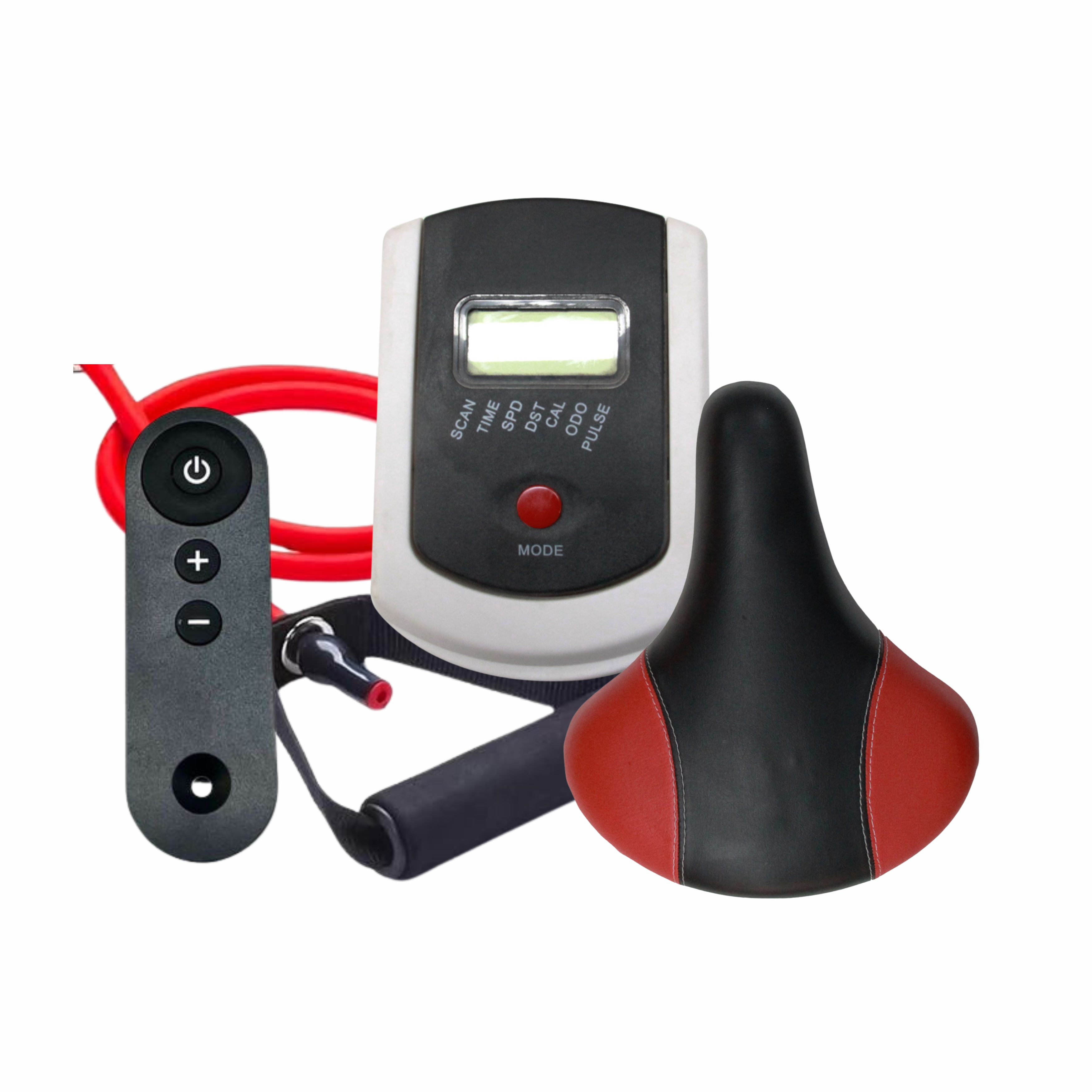
How to Properly Use a Protein Shaker for Optimal Results
Protein is a crucial component of a balanced diet, especially for those who engage in regular physical activity. It aids in muscle repair, growth, and overall recovery. But how do you ensure you're getting enough protein efficiently and effectively? Enter the protein shaker – a simple yet essential tool for fitness enthusiasts. In this article, we'll dive deep into how to properly use a protein shaker for optimal results.
Understanding the Protein Shaker
What is a Protein Shaker?
A protein shaker is a specialized container designed to mix protein powder with liquid, creating a smooth, drinkable shake. It's a staple for gym-goers, athletes, and anyone looking to supplement their diet with extra protein.
Components of a Protein Shaker
A typical protein shaker includes:
- The main container: Holds the liquid and protein powder.
- A mixing mechanism: Often a metal whisk ball or a plastic grid.
- A secure lid: Usually with a spout for easy drinking and a tight seal to prevent leaks.
Choosing the Right Protein Shaker
1. Materials and Durability
- Protein shakers come in various materials like plastic, stainless steel, and glass. Plastic shakers are lightweight and affordable, but stainless steel and glass options are more durable and resistant to odors and stains.
2. Size and Capacity
- Shakers range in size from small (12 oz) to large (32 oz or more). Your choice depends on your needs – smaller shakers are great for portability, while larger ones are ideal for more substantial shakes.
3. Additional Features
- Some shakers come with extra compartments for storing protein powder, vitamins, or snacks. Others might have built-in strainers or advanced mixing mechanisms for a smoother shake.
Types of Protein Powders
1. Whey Protein
- Whey protein is a fast-digesting protein derived from milk. It's popular for post-workout recovery due to its high amino acid content.
2. Casein Protein
- Casein is another milk-derived protein but digests slowly, making it suitable for nighttime consumption to support muscle repair during sleep.
3. Plant-Based Protein
- For those who are vegan or lactose intolerant, plant-based proteins from sources like peas, rice, and hemp are excellent alternatives.
4. Blends and Specialized Proteins
- Some powders combine multiple protein sources or are enhanced with additional nutrients for specific goals like weight loss or muscle gain.
Preparing Your Protein Shake
1. Measuring Your Protein Powder
- Use the scoop provided in your protein powder container to measure the recommended serving size. Over or under-scooping can affect the consistency and nutritional value of your shake.
2. Selecting the Liquid Base
- Common liquids include water, milk, almond milk, or other dairy alternatives. Each liquid impacts the shake's flavor and texture differently.
3. Adding Additional Ingredients
- To boost flavor and nutrition, consider adding fruits, vegetables, nut butters, or supplements like creatine or BCAAs.
Mixing Techniques
1. Manual Shaking
- Simply add your ingredients to the shaker, secure the lid, and shake vigorously for about 30 seconds to ensure everything is well-mixed.
2. Using the Mixing Ball or Grid
- Most shakers include a mixing ball or grid. These tools help break up clumps and ensure a smoother shake.
3. Blending for Smooth Consistency
- For an ultra-smooth shake, blend your ingredients in a blender before pouring them into your shaker. This step is especially useful when adding bulky ingredients like fruits or greens.
When to Consume Your Protein Shake
1. Post-Workout Timing
- Consuming protein within 30 minutes after a workout helps kickstart muscle recovery. This window is crucial for optimal absorption.
2. Pre-Workout Timing
- Drinking a protein shake before your workout can provide sustained energy and prevent muscle breakdown.
3. Meal Replacement and Snacks
- Protein shakes can also serve as convenient meal replacements or snacks, especially when you're on the go.
Storing Your Protein Shaker
1. Best Practices for Storage
- Keep your shaker in a cool, dry place when not in use. Avoid leaving it in hot environments, like a car, to prevent spoilage and bacterial growth.
2. Avoiding Unpleasant Odors
- Always clean your shaker immediately after use to prevent odors. Lingering protein residue can cause unpleasant smells.
3. Maintaining Freshness
- If you prepare your shake in advance, store it in the fridge to keep it fresh and tasty.
Cleaning and Maintenance
1. Daily Cleaning Routine
- Rinse your shaker with warm water immediately after use and wash it thoroughly with soap and water at the end of the day.
2. Deep Cleaning Methods
- Regularly deep clean your shaker by soaking it in a mixture of baking soda and water or using a dishwasher if it's dishwasher-safe.
3. Tips for Preventing Mold and Bacteria
- Ensure your shaker is completely dry before storing it to prevent mold and bacteria growth.
Common Mistakes to Avoid
1. Incorrect Measurements
- Follow the recommended protein powder serving sizes to avoid a shake that's too thick or too runny.
2. Improper Mixing
- Make sure to shake your shaker properly or use the mixing ball/grid for a lump-free shake.
3. Poor Storage Habits
- Don't leave your shaker uncleaned or in hot places for extended periods to prevent spoilage and odors.
Enhancing Your Shake Experience
1. Flavor Combinations
- Experiment with different flavors by mixing various fruits, flavored powders, and spices like cinnamon or vanilla.
2. Texture Enhancers
- For a creamier shake, add ingredients like yogurt, avocado, or chia seeds.
3. Nutritional Boosts
- Boost the nutritional profile of your shake by adding superfoods like spinach, flaxseeds, or protein boosters like collagen peptides.
Troubleshooting Common Issues
1. Clumps and Lumps
- Ensure you're shaking vigorously and using the mixing tools provided. Pre-blending your shake can also help.
2. Leaking Shakers
- Check for a secure lid and properly sealed spout. Replace any damaged parts immediately.
3. Bad Taste or Smell
- Clean your shaker thoroughly and regularly. Ensure your protein powder is fresh and stored correctly.
Health and Safety Considerations
1. Allergens and Sensitivities
- Always check the ingredients in your protein powder for potential allergens. Opt for hypoallergenic options if needed.
2. Safe Ingredient Choices
- Use fresh, high-quality ingredients to avoid any adverse reactions or spoilage.
3. Staying Hydrated
- Remember to drink plenty of water throughout the day, especially when consuming protein shakes, to support kidney function and overall hydration.
Benefits of Using a Protein Shaker
1. Convenience and Portability
- Protein shakers are portable and easy to use, making them perfect for on-the-go nutrition.
2. Enhanced Protein Absorption
- Shaking your protein powder ensures it's well-mixed and easier to digest, promoting better absorption.
3. Supporting Fitness Goals
- Regular protein shake consumption can help meet your protein needs, aiding muscle growth and recovery.
Conclusion
Using a protein shaker properly can significantly enhance your fitness journey. From choosing the right shaker to mixing techniques and cleaning tips, following these guidelines will ensure you get the most out of your protein shakes. Remember, consistency and proper usage are key to achieving optimal results.
FAQs
1. How often should I replace my protein shaker?
- Replace your protein shaker every 6 to 12 months, or sooner if you notice any cracks, leaks, or persistent odors that cleaning can't remove.
2. Can I use my protein shaker for other drinks?
- Yes, protein shakers are versatile and can be used for mixing other beverages like smoothies, pre-workout drinks, or even pancake batter.
3. What's the best way to clean a protein shaker?
- Rinse it immediately after use, wash with warm soapy water, and deep clean regularly with a baking soda solution or in the dishwasher if it's safe.
4. How much protein powder should I use per shake?
- Follow the serving size recommended on your protein powder's label, typically one scoop (about 20-30 grams) per shake.
5. Are there any alternatives to using a protein shaker?
- Yes, you can use a blender for a smoother consistency or mix your protein powder in a glass with a spoon, although this may not be as effective.
Follow us for more updates.

